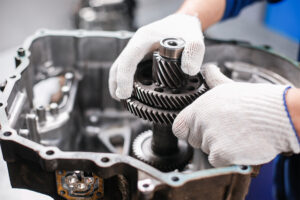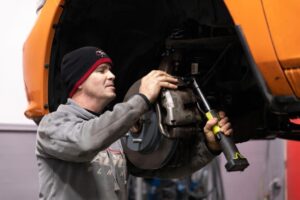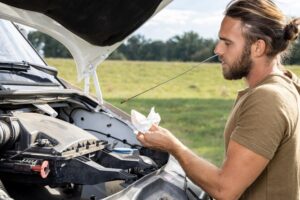
2024 DIY Car Troubleshooting Guide
DIY car troubleshooting is an essential skill for any car owner. It’s about identifying and solving common car problems without the need for professional help. This guide is designed to give you the knowledge and confidence to solve basic car problems, saving you time and money.
1. Know your vehicle
Before you dive into troubleshooting, it’s crucial that you understand the basics of your car. Be familiar with the major components, such as engines, transmissions, brakes and electrical systems. Basic DIY troubleshooting tools include a set of wrenches, screwdrivers, a multimeter, and an OBD-II scanner.
2. Common car problems and solutions
Car problems can range from simple problems, such as a flat tire, to complex problems, such as a faulty transmission. Key areas to monitor include the engine, electrical system, brakes, transmission and cooling system.
3. Engine problems
Engine problems can manifest as strange noises, reduced performance or starting problems. To troubleshoot, check the oil level, air filter and spark plugs. If these are good, further inspection of the fuel system or ignition timing may be required.
4. Electrical problems
Electrical problems can manifest as a dead battery, faulty lights, or unresponsive controls. Start by checking the battery, fuses and wiring. A multimeter can help diagnose current and resistance problems.
5. Malfunction in the braking system
Brake problems can be dangerous. Symptoms include squealing, a spongy brake pedal, or reduced braking ability. Check the brake pads, rotors and fluid levels. If the problem persists, the brake lines or master cylinder may need attention.
6. Transmission error
Transmission problems often manifest as slipping gears, slow shifts or fluid leaks. Start by checking the level and condition of the transmission fluid. If the fluid is dirty or the level is low, making changes may resolve the problem.
7. Fault in the cooling system
Problems with the cooling system can cause overheating. Look for leaks, check the coolant level and check the radiator and hoses. A defective thermostat or water pump can also cause cooling problems.
8. Preventive maintenance
Regular maintenance is the key to preventing car breakdowns. This includes oil changes, tire rotations, brake inspections and fluid checks. By paying attention to maintenance in advance, many common problems can be prevented.
9. Advanced troubleshooting techniques
For more complex problems, using an OBD-II scanner can provide diagnostic codes that pinpoint the problem. Understanding these codes is critical for in-depth troubleshooting.
10. When should you seek professional help?
Some car problems are beyond the scope of do-it-yourself repairs. If you are unsure about a repair, are faced with a complex problem, or do not have the necessary tools, it is best to consult a professional mechanic.
11. Safety first
Always prioritize safety when solving car problems. Use wheel chocks, work in a well-ventilated area and follow your vehicle manufacturer’s guidelines.
12. Resources Guide
There are several resources available to aid your learning process. Online forums, car repair manuals and sites like YouTube provide a wealth of information for do-it-yourself car enthusiasts.
Conclusion
Solving car problems yourself is a valuable skill that can save you time and money. With the right knowledge and tools, you can solve common car problems yourself.



